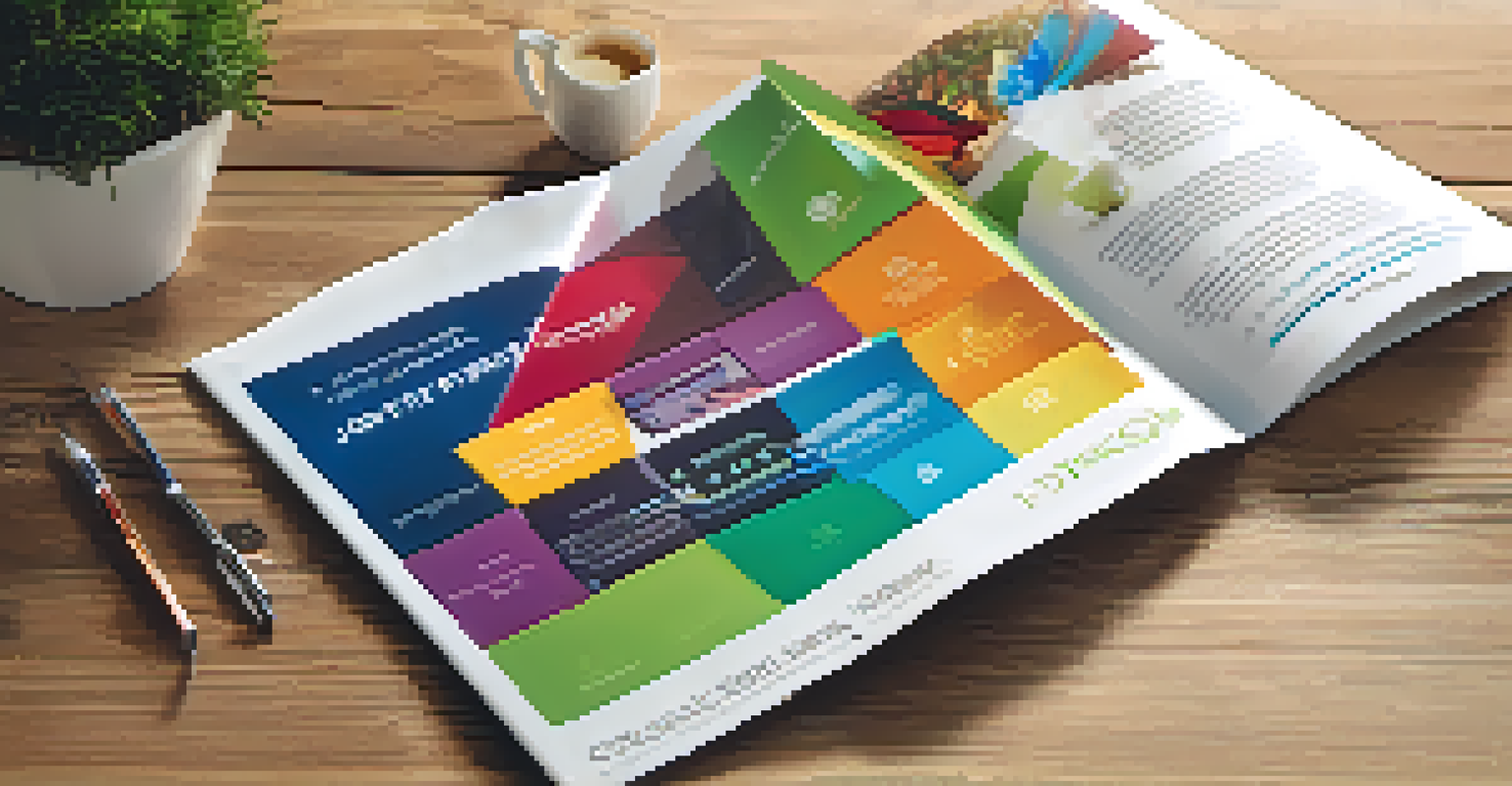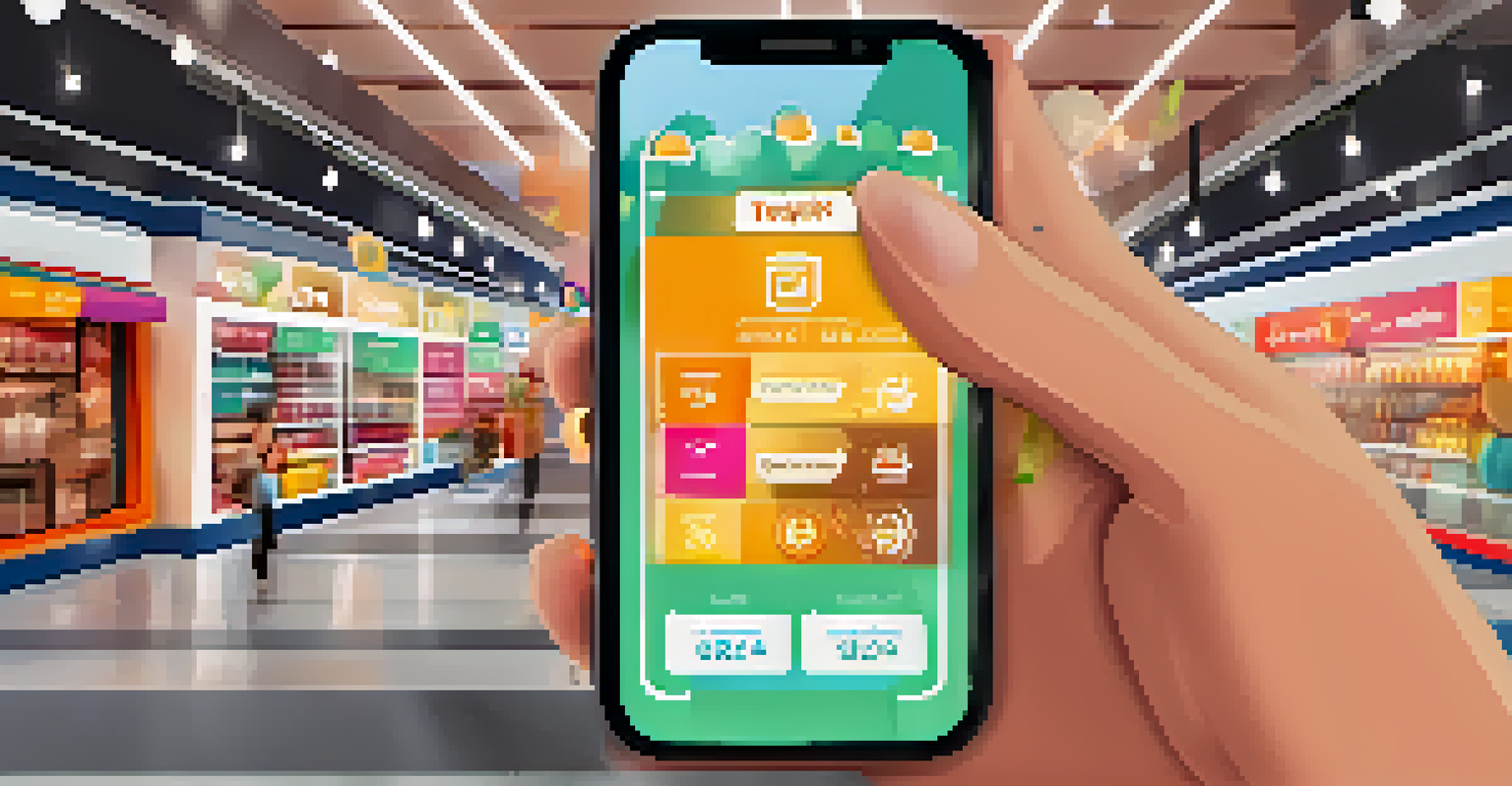Building Effective Loyalty Programs in B2C Marketing

Understanding the Importance of Loyalty Programs
Loyalty programs are essential in B2C marketing because they help businesses retain customers. When customers feel valued, they are more likely to return, leading to repeat purchases and increased lifetime value. A well-crafted loyalty program creates an emotional connection, encouraging brand advocacy and positive word-of-mouth.
Loyalty is not just a program; it’s a relationship built on trust and engagement.
Consider Starbucks, which has built a massive following through its rewards program. Customers collect stars for every purchase, which can be redeemed for free drinks or exclusive offers. This system not only drives sales but also fosters a community around the brand, making customers feel like part of something bigger.
In essence, loyalty programs are not just about discounts; they’re about creating relationships. By understanding and addressing customer needs, brands can turn casual buyers into dedicated fans who are emotionally attached to their products.
Identifying Your Target Audience for Loyalty Programs
Before designing a loyalty program, it’s crucial to understand who your customers are. Segmenting your audience based on demographics, shopping habits, and preferences allows you to tailor rewards that resonate with them. For example, a clothing retailer might target fashion-forward young adults with exclusive early access to new collections.

Using data analytics can help you gain insights into customer behavior. By analyzing purchase patterns and preferences, you can identify the most valuable customers and what motivates them. This targeted approach ensures that your loyalty program is relevant and appealing.
Loyalty Programs Boost Retention
Loyalty programs create emotional connections, encouraging customers to return and become brand advocates.
In short, knowing your audience is the foundation of an effective loyalty program. When customers see that their preferences are acknowledged, they are more likely to engage and participate.
Choosing the Right Rewards Structure
The rewards structure of your loyalty program can significantly impact its success. Common models include points-based systems, tiered rewards, and cashback offers. Each has its advantages, so it’s essential to choose one that aligns with your brand and customer expectations.
Personalization is the future of marketing, and it’s the key to building lasting customer loyalty.
For instance, a points-based system encourages frequent purchases, as customers earn points with every transaction. On the other hand, a tiered rewards model can motivate customers to spend more to reach the next level, unlocking exclusive perks. This not only increases engagement but also boosts overall sales.
Ultimately, the key is to create a rewards structure that is simple and enticing. Customers should easily understand how to earn and redeem rewards, which makes them more likely to participate actively.
Incorporating Gamification into Loyalty Programs
Gamification is a powerful tool that can enhance loyalty programs by making them more interactive and fun. By incorporating game-like elements, such as challenges, badges, or leaderboards, you can motivate customers to engage more frequently. This adds an element of excitement and competition into the shopping experience.
Take Nike’s NikePlus program, for example. It combines fitness tracking with rewards, encouraging users to complete challenges and earn points. This not only fosters a sense of achievement but also builds a community of motivated individuals who support each other’s goals.
Personalization Enhances Engagement
Tailoring rewards and communications to individual preferences makes customers feel special and drives loyalty.
Incorporating gamification into your loyalty program can lead to higher levels of customer engagement. When customers are excited about participating, they are more likely to return and spread the word about your brand.
Utilizing Personalization in Loyalty Programs
Personalization is key to making customers feel special in a loyalty program. By using customer data, brands can tailor rewards, offers, and communications to individual preferences. This approach not only enhances the customer experience but also increases engagement with the program.
For instance, Amazon utilizes data to recommend products based on previous purchases, creating a personalized shopping experience. When customers receive tailored offers that reflect their interests, they are more likely to engage with the loyalty program.
In essence, personalization can significantly enhance the effectiveness of your loyalty program. By acknowledging customers as individuals, you create a deeper connection that drives loyalty and repeat business.
Promoting Your Loyalty Program Effectively
Even the best loyalty program needs effective promotion to succeed. Use multiple channels—such as email, social media, and in-store signage—to raise awareness. Make sure your messaging highlights the benefits and value of the program, enticing potential members to sign up.
For instance, Sephora uses its social media platforms to promote its Beauty Insider program, showcasing exclusive rewards and experiences available to members. This not only informs potential customers but also creates excitement around the program.
Effective Promotion is Key
Utilizing multiple channels to promote your loyalty program ensures greater visibility and encourages customer participation.
Ultimately, consistent and engaging promotion is essential for driving program enrollment and participation. The more visible your loyalty program is, the more likely customers will take part.
Measuring Success and Making Adjustments
Once your loyalty program is up and running, it’s vital to measure its success. Key performance indicators (KPIs) such as enrollment rates, redemption rates, and customer retention can help assess the program's effectiveness. Analyzing these metrics provides insights into what's working and what may need adjustments.
For example, if you notice low redemption rates, it could indicate that the rewards aren’t appealing enough or that the process is too complicated. Gathering customer feedback can also provide valuable insights into how to improve the program.

In conclusion, regularly reviewing and adjusting your loyalty program ensures it remains relevant and effective. This commitment to improvement will help maintain customer interest and satisfaction over time.